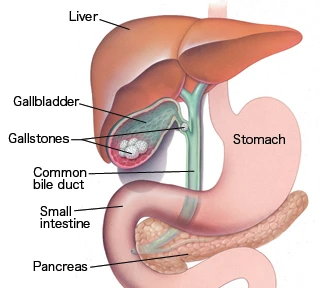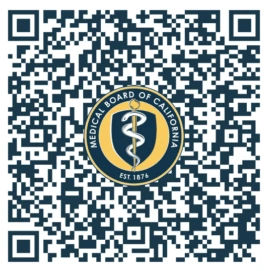The gallbladder stores bile, a fluid made by the liver. Bile helps digest fats in the foods you eat. Gallstones form when certain substances in the bile crystallize and become solid. In some cases, the stones don’t cause any symptoms. In others, they irritate the walls of the gallbladder. More serious problems can occur if stones move into nearby ducts-such as the common bile duct-and cause blockages. This stops the flow of bile and can lead to pain, nausea, and infection.

Common Symptoms
Gallbladder problems can cause painful attacks, often after a meal. Some people have only one attack. Others have many. Common symptoms include:
- Severe pain or aching in the upper abdomen, back, or right shoulder blade
- A dull ache beneath the ribs or breastbone
- Nausea, upset stomach, or vomiting
- Jaundice (a buildup of bile chemicals in the blood), which causes yellowing of the skin and eyes, dark urine, and itching
Treating Gallstones
If your stones are not causing symptoms, you may choose to delay treatment. But if you’ve had one or more painful attacks, your doctor will likely recommend removing your gallbladder. This prevents more stones from forming and causing attacks. It also helps prevent complications, such as stones passing into the ducts and causing infection or pancreatitis. After the gallbladder is removed, your liver will still make bile to aid digestion.
If You're Pregnant
Hormone changes during pregnancy can make bile more likely to form stones. If your gallbladder needs to be removed, your doctor will talk with you about the timing for surgery. In some cases, it can be delayed until after childbirth. In others, you may have surgery during pregnancy. This helps protect you and your baby's health.


